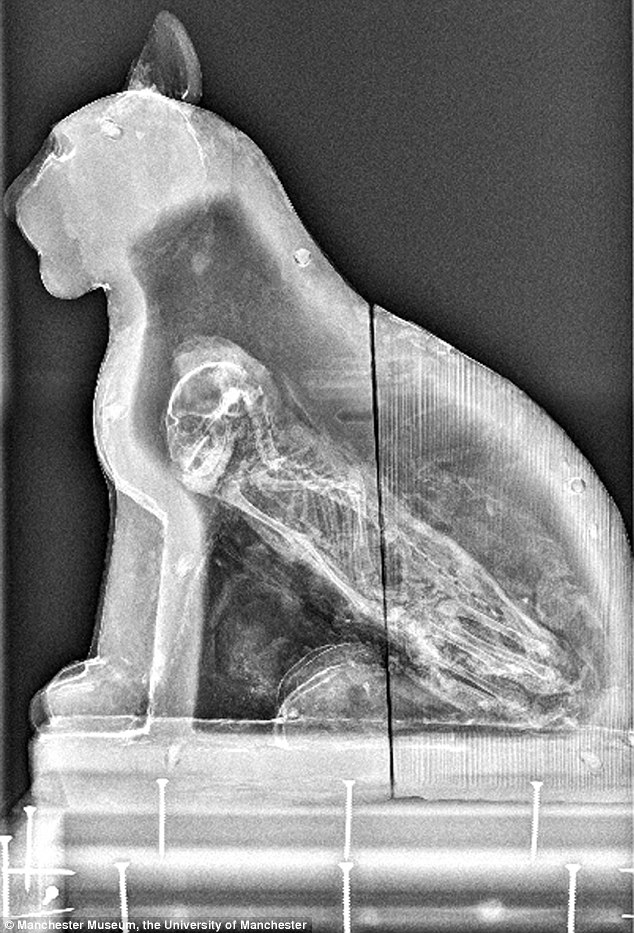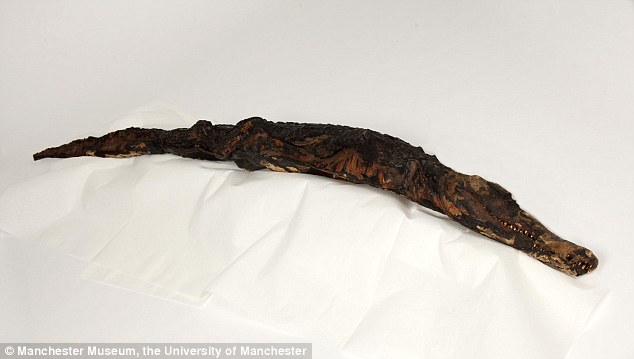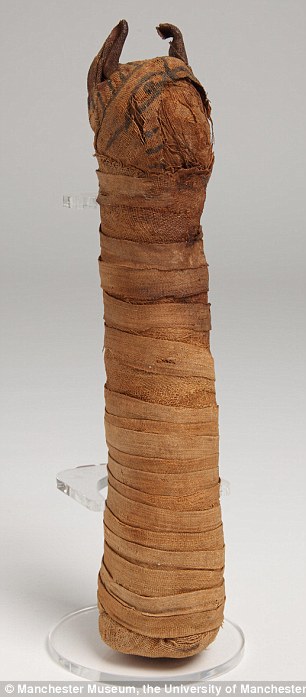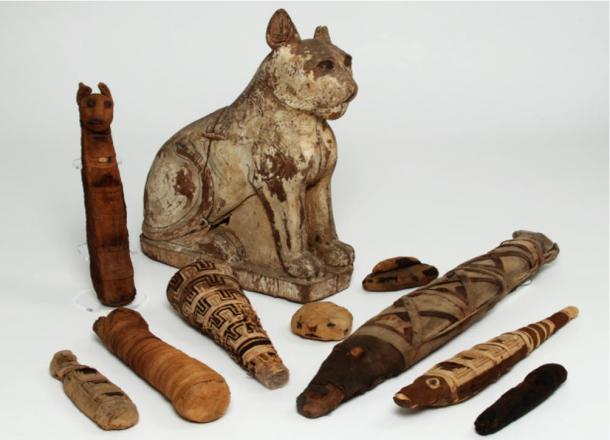70 Million Mummified Animals in Egypt Reveal Dark Secret of Ancient Mummy Industry

70 Million Mummified Animals in Egypt Reveal Dark Secret of Ancient Mummy Industry
The ancient Egyptians were well known for mummifying their dead to protect their bodies for the afterlife, with many being buried with pets alongside them to keep them company.
Yet recent research reveals that the mummified animals have become a huge industry-with a staggering 70 million animals embalmed to be buried with their owners.
Among the remains being scanned for the project at the University of Manchester using the CT Scanner and the X-ray machine were wading birds, shrews and even a litter of tiny baby crocodiles.

Animals and pets held a special significance in the afterlife for ancient Egyptians, and were buried with the dead as offerings to the gods and to help their owners in the journey to the afterlife.
It is thought the animal mummy industry was so large that it almost drove certain species to extinction.
Among the hardest hit was the Baboon, which was wiped out in Egypt by the practice.

In 7th century Egypt there was a large industry in puppy farms, reared not as pets but as stock to be mummified, such was the demand.
The latest survey is the biggest of its kind, and used the latest medical imaging technology to image the animals.

Animal mummies served as a sacrifice to the gods, Dr Lidija Mcknight who worked on the project told MailOnline.
‘The animal mummies I have scanned all come from museum collections and belong to the “votive” mummy category, so they were manufactured as offerings to the gods,’ she said.
‘They would have been given in thanks or anticipation of divine help.
‘The votives are the biggest category of animal mummy and greatly outnumber cult mummies, pets and food offerings.

‘Rather than being preserved to ensure continuity of existence of the animal in the afterlife, they were used as representative images which, it was believed, the gods would recognise and accept as gifts.’
One of the prize finds of the project was a family of baby crocs carefully wrapped together and packed into one large crocodile shaped mummy.
‘The research uses clinical imaging technology – digital X-Rays and CT scanning – at the Central Manchester NHS Trust to see inside wrapped mummies without damaging the inside,’ said McKnight.
‘The principles are the same as when we scan living patients and we are able to see the contents clearly,’ she added.